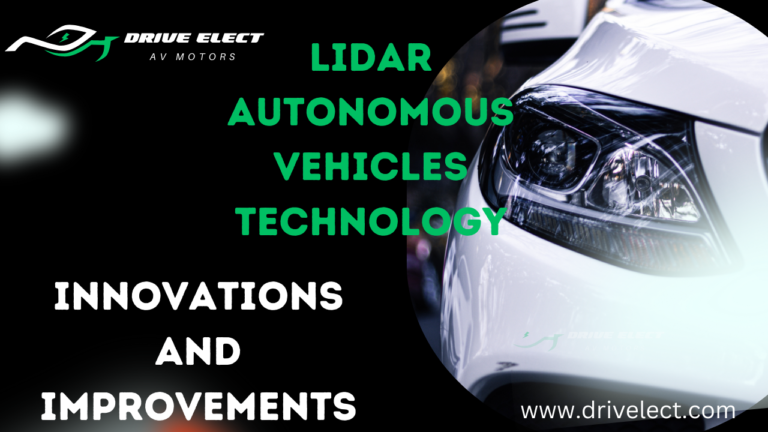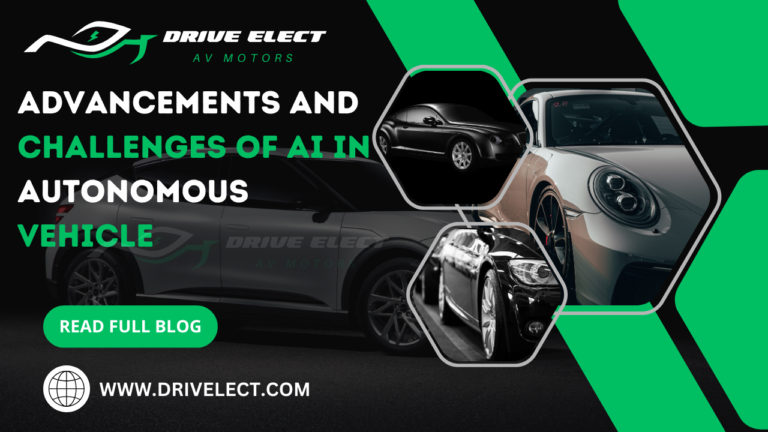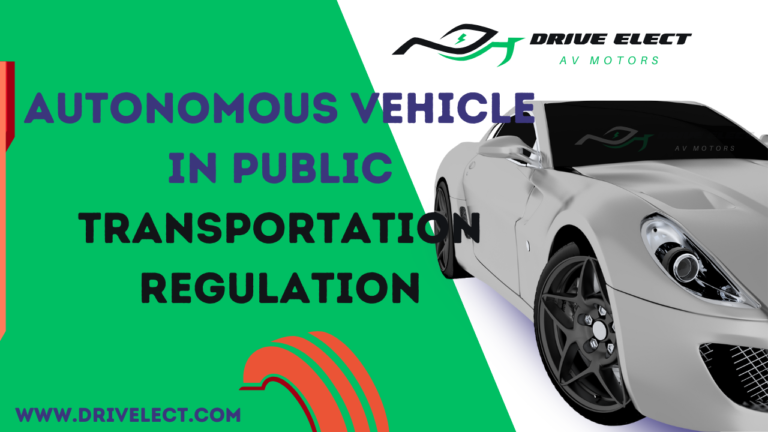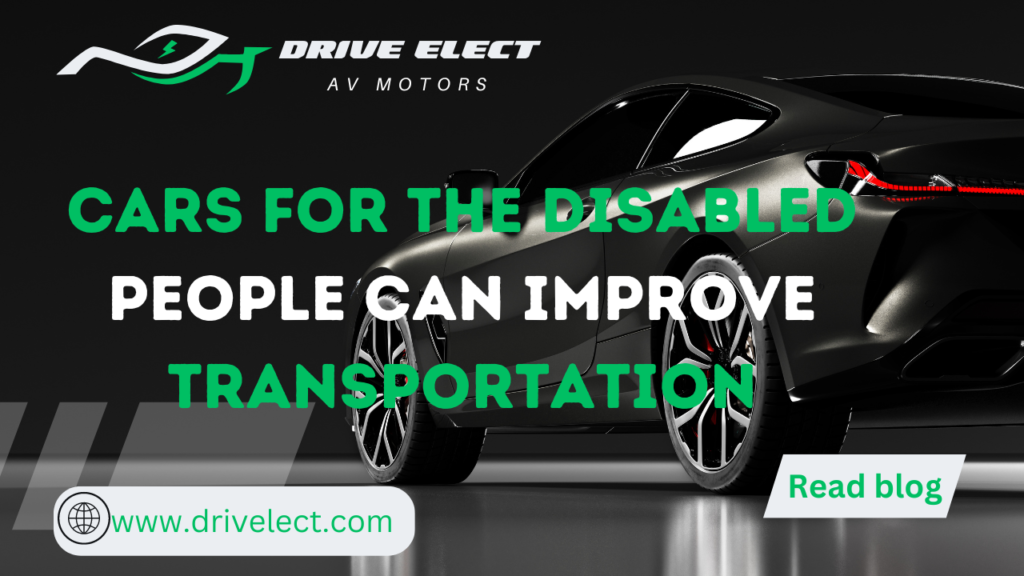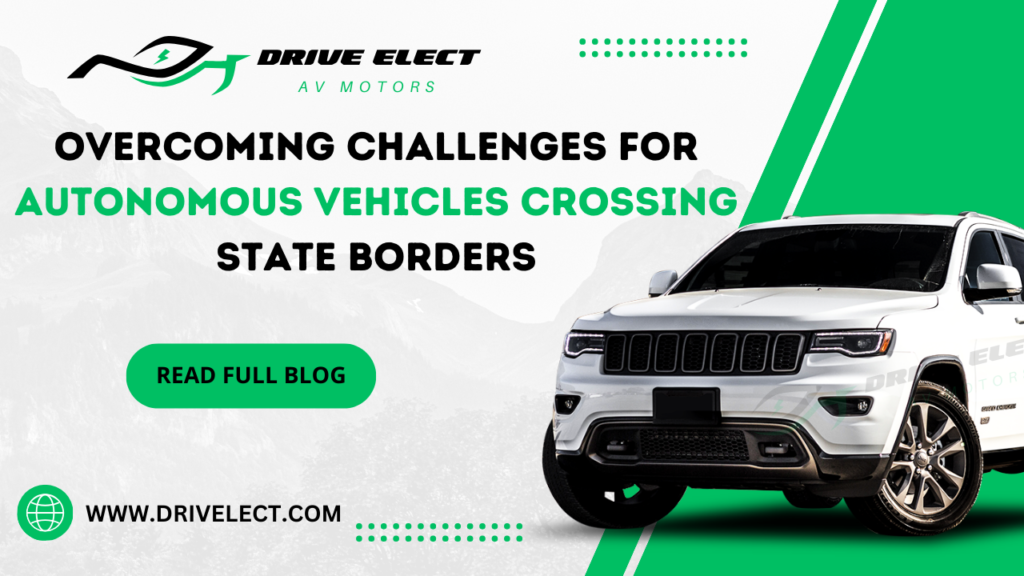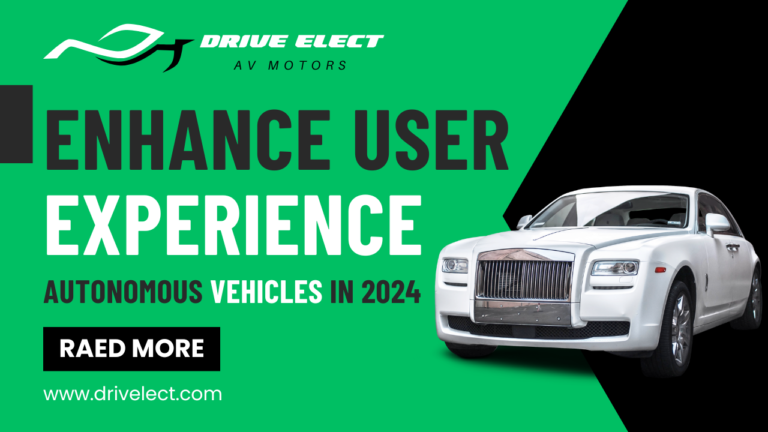Vehicles have become more automated, especially with driver monitoring systems, and data protection in the automotive sector has become crucial. While monitoring systems enhance road safety by alerting drowsy drivers, closely watching users raises legal concerns. Here, we talk over Autonomous vehicle data collection protection.
Data collected by these systems in the European Union (EU) must adhere to the General Data Protection Regulation (GDPR). This includes various data types, even health data, gathered by automated vehicles.
A practical example explores the Autonomous vehicle data data collection and processing requirements under GDPR. A three-step approach is suggested to safeguard data in automated vehicles. Additionally, the study delves into the potential for European-level data protection through approval requirements.
As vehicles become more competent with monitoring systems, data protection should be ensured to align with EU regulations like the GDPR. The study proposes steps to address this, emphasizing the need for compliance in collecting and processing various data types, including sensitive health data, within automated vehicles.
Table of Contents
ToggleAutonomous vehicle data collection
Introduction:
As more vehicles become automated and include systems that monitor the driver. There is a growing need to address data protection concerns. These monitoring systems can enhance safety by alerting drivers if they are getting too tired. However, closely watching drivers raises legal issues, especially in the European Union (EU). Data gathered by these systems must comply with the General Data Protection Regulation (GDPR).
Different types of Autonomous vehicle data collection, such as health data from driver monitoring systems. The GDPR sets specific rules. Data should be collected and processed to protect individuals’ privacy and rights.
A three-step approach to ensure autonomous vehicle data collection protection. This likely involves precise data collection, processing, and storage guidelines to align with GDPR requirements.
Levels of Automation:
The SAE has categorized driving automation into six levels. Now, we have vehicles at Levels 0 and 1 on the roads. These have basic systems that can control the vehicle’s speed or side-to-side movement.
SAE Level 2:
Level 2 vehicles are more advanced. They can control both speed and side-to-side movement at the same time. However, the driver must still handle tasks like recognizing objects and intervene when necessary.
SAE Level 3:
At this level, the vehicle system can handle the entire driving task. It requires the driver to take over when faced with challenging situations. For example, if the vehicle reaches the end of a selected area where it can operate, the driver must take control.
SAE Level 4:
This level 4 vehicle can fully manage the driving task within specific conditions. Like on a highway, without needing human involvement. They are pretty autonomous within their clear operative boundaries.
SAE Level 5:
The highest is Level 5. The cars are entirely autonomous in any situation, on any road, and in all weather conditions. A human only needs to start the vehicle; it takes care of everything else.
Concerns and Progress:
Some car manufacturers are hesitant about Level 3. Because it involves transferring control between the automated systems and the driver, which can be risky. Germany is actively legislating for this transition. Meanwhile, some manufacturers want to skip Level 3 and go directly to more advanced levels.
Autonomous vehicle data collection:
These vehicles gather a large amount of data to drive autonomously and ensure safety features.
These levels represent different degrees of vehicle automation, ranging from essential assistance to complete autonomy in various driving conditions. The goal is to improve safety and efficiency on the roads.
Road Safety:
While road fatalities in the European Union (EU) have decreased by more than half from 2001 to 2017, there were still over 25,000 road deaths in 2017, raising concerns. Some countries, like the Netherlands, even experienced a rise in fatalities.
The EU aims for “Vision Zero,” targeting zero road fatalities by 2050. To achieve this, new technologies are crucial, such as systems that alert drowsy drivers or safely stop a vehicle if the driver doesn’t respond.
Despite their potential, these monitoring systems present challenges within the EU’s data protection framework. The focus on road safety improvements clashes with ensuring the privacy and security of data collected by these systems.
Balancing technological advancements for safer roads with the protection of individual privacy becomes a critical consideration in the pursuit of Vision Zero. Striking this balance will be essential to harness the benefits of these innovative technologies while respecting data protection principles within the EU.
Data protection and road traffic safety:
Data protection:
The legal safeguarding of privacy in Europe traces back to 1950 with the creation of the European Convention on Human Rights (ECHR) by the Council of Europe. This convention aimed to protect an individual’s freedom.
Over the ensuing decades, the role of information and communication technologies (ICTs) expanded significantly in society. ICTs enable the rapid processing of large amounts of data, prompting a shift in the legal discourse on personal data protection.
Recognizing the evolving landscape, the European Union (EU) acknowledged the necessity of safeguarding personal data processed through ICTs. The EU introduced Directive 95/46/EC in 1995 to address this. This directive aimed to regulate and protect the processing of personal data, adapting to the technological changes influencing the legal considerations of privacy.
On May 25, 2018, Directive 95/46/EC was replaced by the General Data Protection Regulation (GDPR). The GDPR represents an updated and more comprehensive approach to safeguarding personal data in the modern digital era.
It sets forth stringent rules and standards for processing personal data, emphasizing transparency, accountability, and the rights of individuals over their data.
The GDPR applies to organizations operating within the EU and those handling the personal data of EU residents. It strongly focuses on user consent, requiring organizations to obtain explicit and informed consent before processing personal data. Additionally, the regulation grants individuals greater control over their data, including the right to access, correct, and even erase their personal information.
The journey from the ECHR in 1950 to the GDPR in 2018 signifies Europe’s commitment to adapting legal frameworks to protect personal data rights amid the technological advancements of the digital age. The GDPR stands as a robust and modernized regulation designed to address the challenges posed by the increased role of ICTs in processing personal information.
Balancing the right to data protection and road traffic safety:
While crucial, the right to autonomous vehicle data collection protection is not absolute and must be balanced against other rights. Some argue that road safety should take precedence over data protection in the context of automated driving.
Prioritizing the prevention of accidents may seem more critical than safeguarding data related to a driver’s health. However, this perspective contends that both public interest in road safety and the individual’s right to data protection can harmoniously coexist.
The contribution presents a use case demonstrating that a balance can be struck between the imperative of road safety and the need for data protection. It emphasizes the importance of a well-constructed legal framework that ensures data protection without compromising other vital public interests, such as road safety.
The argument here is for a thoughtful and nuanced approach, acknowledging the significance of road safety and data protection. A robust legal framework becomes instrumental in navigating this balance, fostering an environment where technological advancements in automated driving can enhance safety while respecting individuals’ rights to data protection.
This way, the contribution suggests that it’s not prioritizing one over the other but finding a harmonious coexistence through a well-regulated and balanced legal framework.
The general data protection regulation
The scope of the GDPR:
The General Data Protection Regulation (GDPR) covers all types of personal data processing, whether done automatically or manually. Its reach extends widely in terms of geography.
Suppose an individual, the data subject, is in the European Union (EU). In that case, the GDPR rules apply to their data handling. For example, suppose a person uses an automated vehicle to travel from Amsterdam to Rome. In that case, the GDPR is applicable regardless of whether the entity processing or controlling the data is located within the EU.
This means that even if the organization responsible for managing the data or the technology is not physically situated in the EU, as long as the user is within EU borders, the GDPR comes into play.
The GDPR’s extensive territorial scope emphasizes its commitment to protecting the privacy and rights of individuals within the EU, irrespective of where the data handlers are based. This broad application ensures that the personal data of EU residents is subject to consistent and robust data protection standards, regardless of the physical location of the entities involved in the data processing.
Personal Autonomous vehicle data collection and the different actors:
Broad Definition of Personal Data:
The General Data Protection Regulation (GDPR) defines personal data broadly, covering any information that can identify an individual. When data is rendered anonymous so that the person is no longer identifiable, GDPR doesn’t apply. However, if data is pseudonymized (a reversible process), it remains classified as personal data.
Comprehensive Concept of Processing:
GDPR encompasses nearly all actions involving personal data, whether automated or not. This includes collection, recording, organization, storage, disclosure, and more. The regulation grants data subjects (individuals) rights and imposes obligations on controllers (who determine data collection) and processors (who handle data on behalf of controllers).
Roles of Controller and Processor in Automated Vehicles:
The manufacturer of an automated vehicle may qualify as a controller, determining Autonomous vehicle data collection, software usage, and monitoring user behavior. Processors, like software developers and fleet operators, handle personal data on behalf of controllers. Depending on specific circumstances, fleet operators may sometimes be controllers, creating a dynamic relationship in compliance with GDPR.


